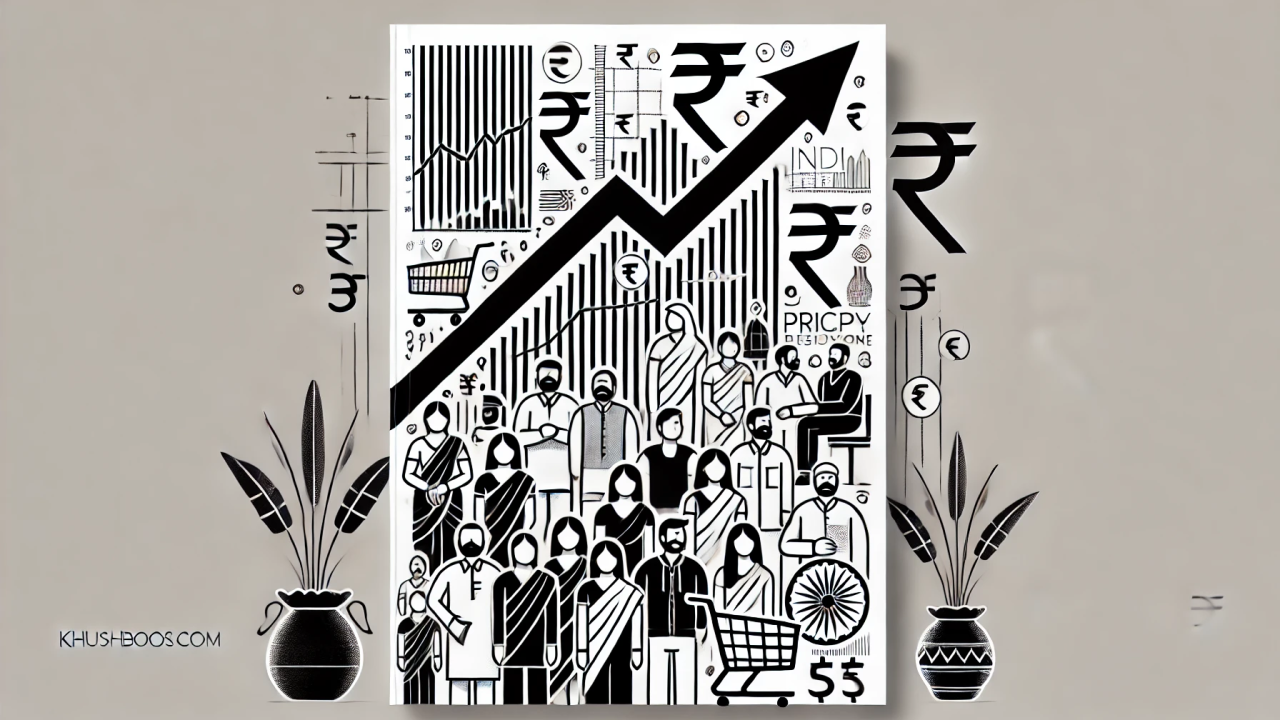India’s Economic Growth and Price-Sensitive Consumer Market

India’s economy is growing at a significant pace, but price sensitivity continues to define the market. What has really changed, however, is the way consumers—especially the younger generation—approach their buying decisions. In the past, visibility and brand recall were the main drivers, but today, consumers consider a variety of factors, influenced by the wealth of information and options available to them.
Key Shifts in Consumer Behavior
1. The Influence of Digital Channels
Digital platforms have completely transformed how people shop. Social media, online reviews, and influencers now play a huge role in decision-making. For instance, I’ve noticed that younger buyers rely heavily on Instagram reels or YouTube videos featuring influencers to evaluate products. It’s fascinating to see how peer opinion, once informal advice, has evolved into a structured influence mechanism. In fact, nearly 65% of Indian consumers now check online reviews before buying anything, from gadgets to groceries.
2. Convenience and Instant Comparison
The ease of online shopping has spoiled us with options. Think about it—if you’re eyeing a product, in just a few clicks, you can compare prices across platforms, read reviews, and even check delivery speeds. Platforms like Amazon and Flipkart have made it second nature to look for deals before purchasing. E-commerce in India grew nearly 20% last year, and mobile shopping is expected to dominate, accounting for over 75% of the market by 2025. With this level of convenience, loyalty has become tricky for brands to sustain. I’ve personally found myself switching brands simply because a better deal pops up elsewhere.
3. Price as the Ultimate Decider
No matter how many options or features a product offers, price remains the defining factor. A recent survey revealed that over 70% of Indian consumers prioritize price above all else when making buying decisions. This resonates deeply with our behavior, whether it’s waiting for big sales or looking for the best bang for our buck, even in premium segments. For instance, I’ve seen people willingly switch from their favorite brand of shoes to a competitor just because of a discount.
4. Cultural and Demographic Shifts
India’s young, vibrant population is driving a massive shift in consumption. Younger buyers love experimenting with new brands, which is both an opportunity and a challenge for businesses. This openness provides space for fresh entrants to thrive, but retaining these customers is a different story. Personalized experiences and loyalty programs help to an extent, but the constant search for “what’s next” often trumps loyalty. It’s not uncommon to see someone try out a new skincare brand every month just to explore better results or newer formulations.
The Role of Advertising in a Shifting Landscape
As an advertiser, these shifting consumer preferences are both a challenge and an opportunity. It’s fascinating to see how advertising must now adapt to not just create awareness but also build long-term retention. The old-school methods of mass marketing are no longer enough; today, we need to combine traditional techniques with highly personalized, data-driven approaches that meet consumers where they are—across multiple platforms and moments.
• Hyper-Targeting and Personalization
Gone are the days when one-size-fits-all campaigns worked. Now, it’s all about speaking directly to the consumer. For example, a fitness enthusiast scrolling through Instagram will likely see ads for protein powders tailored to their interests, complete with a discount code or influencer endorsement. Data has made it possible to craft messages that feel personal, boosting engagement and relevance.
• Authenticity and Trust
Consumers today are savvy. They can see through gimmicks and exaggerated claims. That’s why authenticity matters more than ever. Think about it—when was the last time you trusted an overly flashy ad without checking reviews or asking a friend? Brands that stay transparent and genuinely deliver value are the ones building trust. A skincare brand openly sharing its ingredients and customer testimonials is far more likely to win loyalty than one relying solely on celebrity endorsements.
Advertising isn’t just about grabbing attention anymore; it’s about building relationships in a world where consumers have endless options and the tools to explore them. This shift is what makes this space so exciting to work in today.
In essence, India’s economic growth has boosted consumer spending, but price sensitivity remains a key factor. Brands that embrace digital channels, personalize their approach, and deliver genuine value will be better equipped to thrive in this evolving and competitive market.
Do share your thoughts and view about this.
